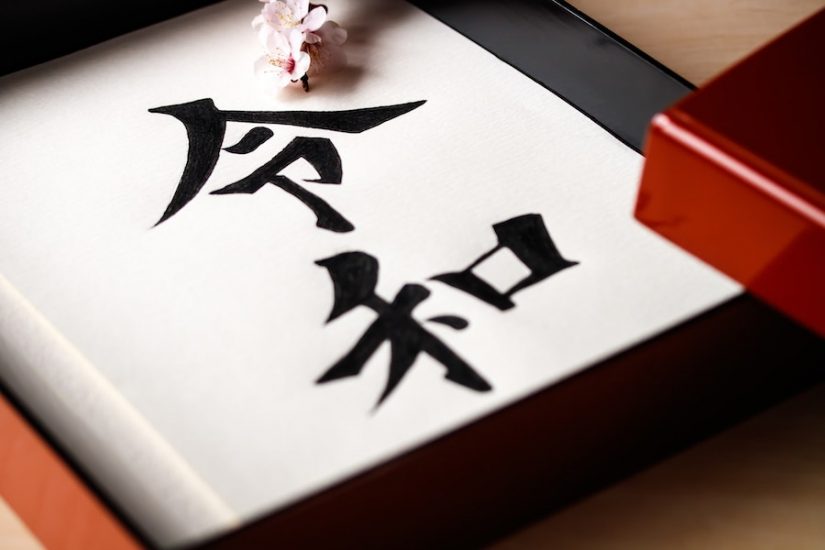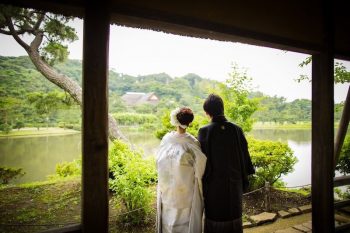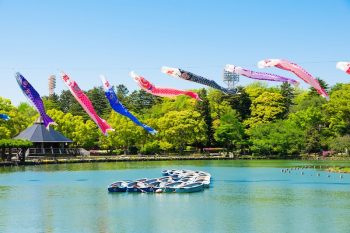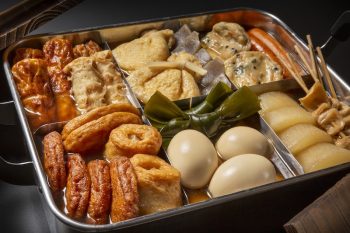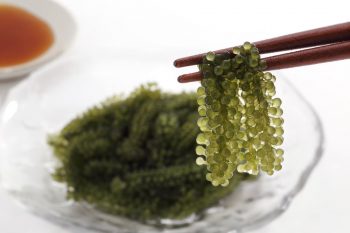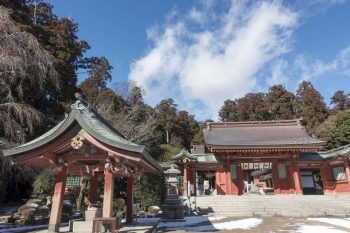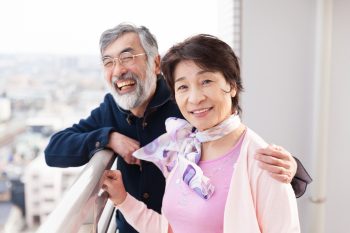CULTURE
On May 1 st 2019 Japan entered a new official era to mark the new emperor’s ascension to the Chrysanthemum Throne. The name chosen for this era, Reiwa, uses two Chinese characters 令和 which were taken from an ancient Japanese poetry collection called the Man’yōshū.
Traditionally the Japanese celebrate their wedding in a shrine while wearing gorgeous kimonos and following a procession led by the kannushi (Shinto priest). From the perspective of an outsider, the event looks very sober and yet imposing probably due to the humility and spirituality that emanates from it.
Children’s Day, which is called Kodomo no Hi (こどもの日) in Japanese, is a national holiday in Japan held every year on May 5th to celebrate happy and healthy children and to express gratitude to their mothers.
Prior to living in Japan, I had a rather hazy image of it as an exotic land with a sultry climate. Summer in Japan is indeed hot and humid, but unless you live on the southernmost subtropical islands of Okinawa, you will find that Japanese winters are very, very cold.
The health benefits of eating seaweed regularly are now well known, but just as the English-speaking world is waking up to them, we are being told that the traditional diet and consumption of seaweed in Japan are “on the decline” as people turn to more “westernized” food.
If you live in Japan, or you’re just visiting, you’ll probably be visiting a shinto shrine at some point, for any number of reasons (but probably sightseeing). If not, you really should. It’s a chance to see something very different from home, and beautiful as well.
Recently, despite the issues raised by the aging population in many countries, scientists have come up with the optimistic concept of super-agers.


